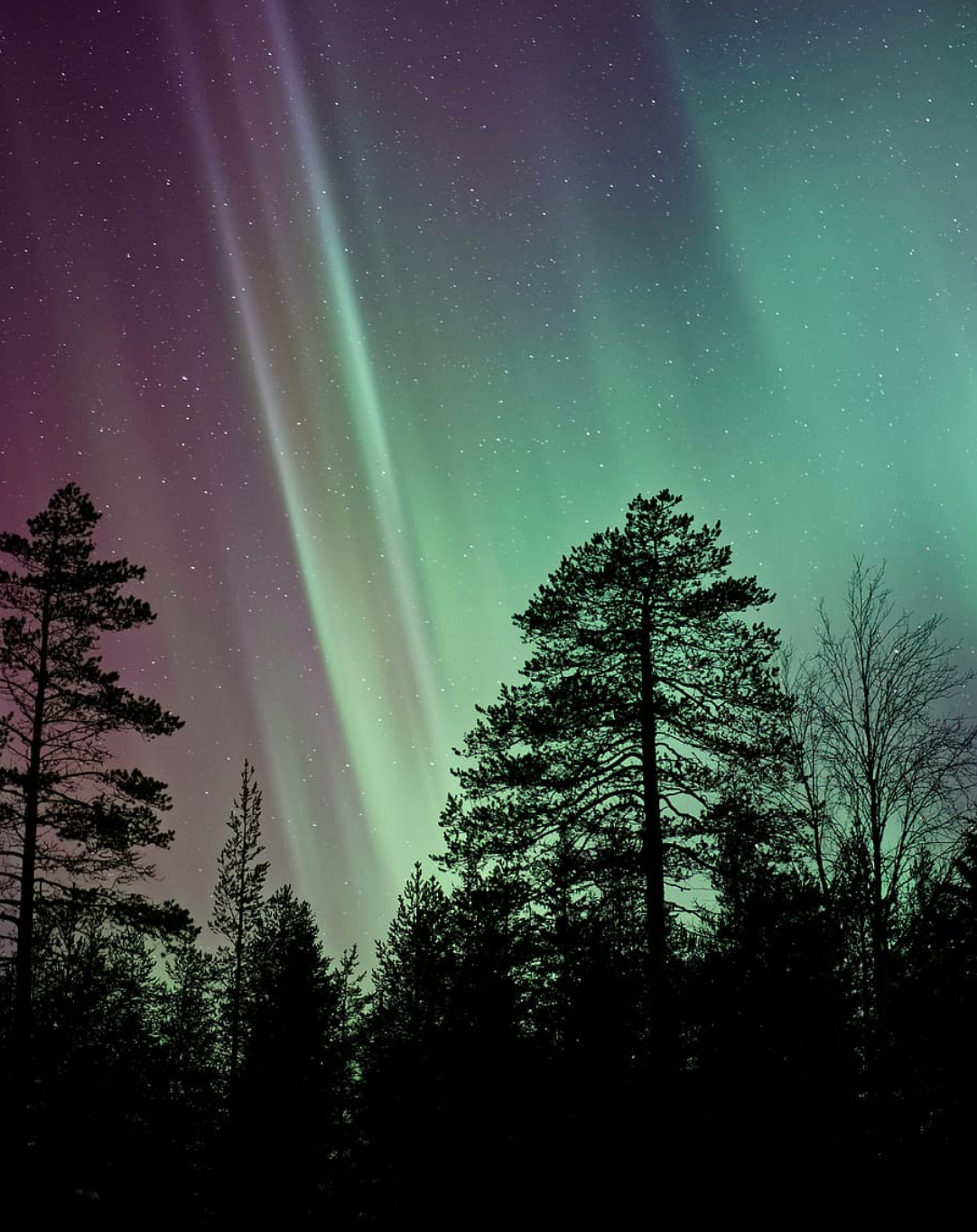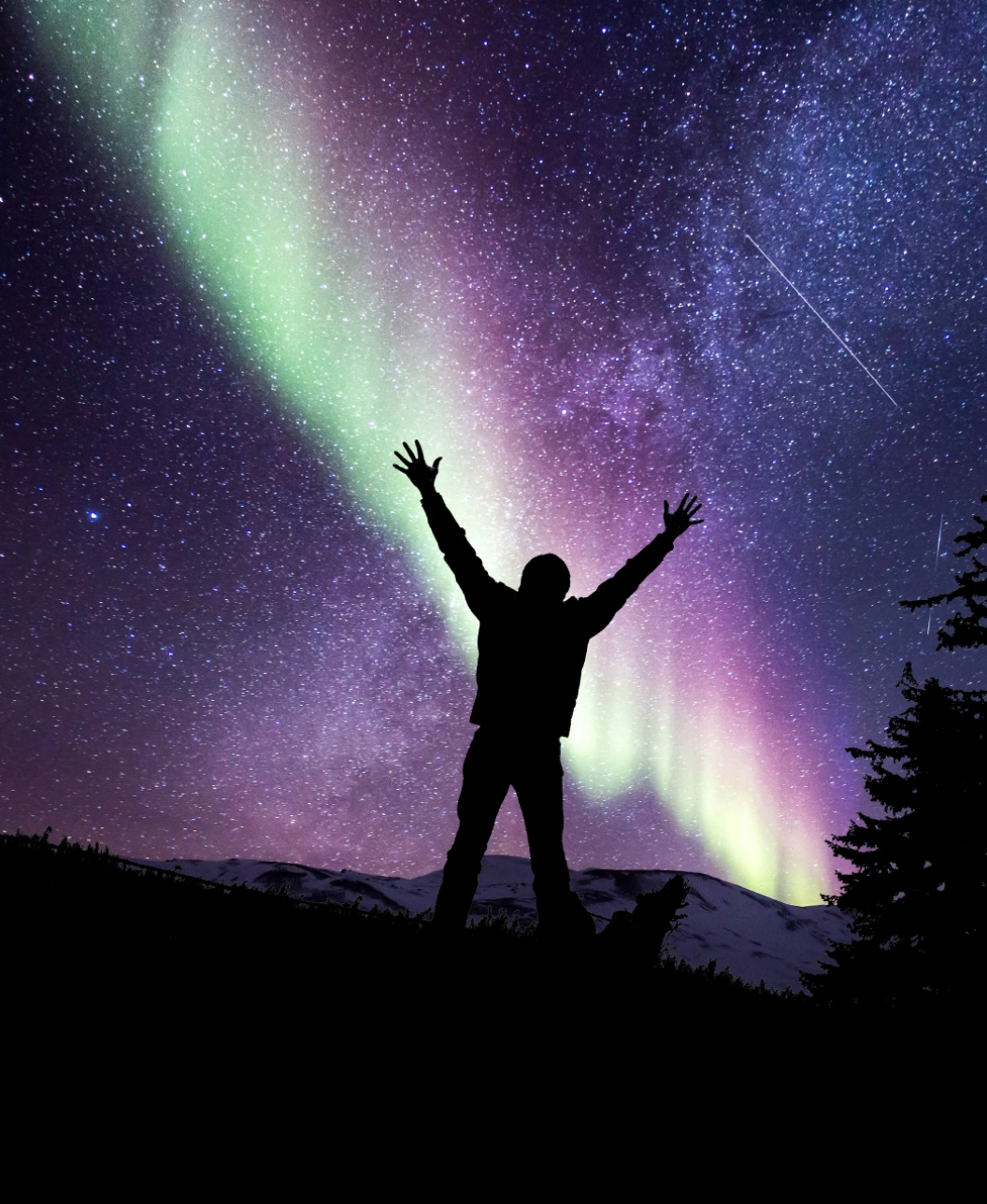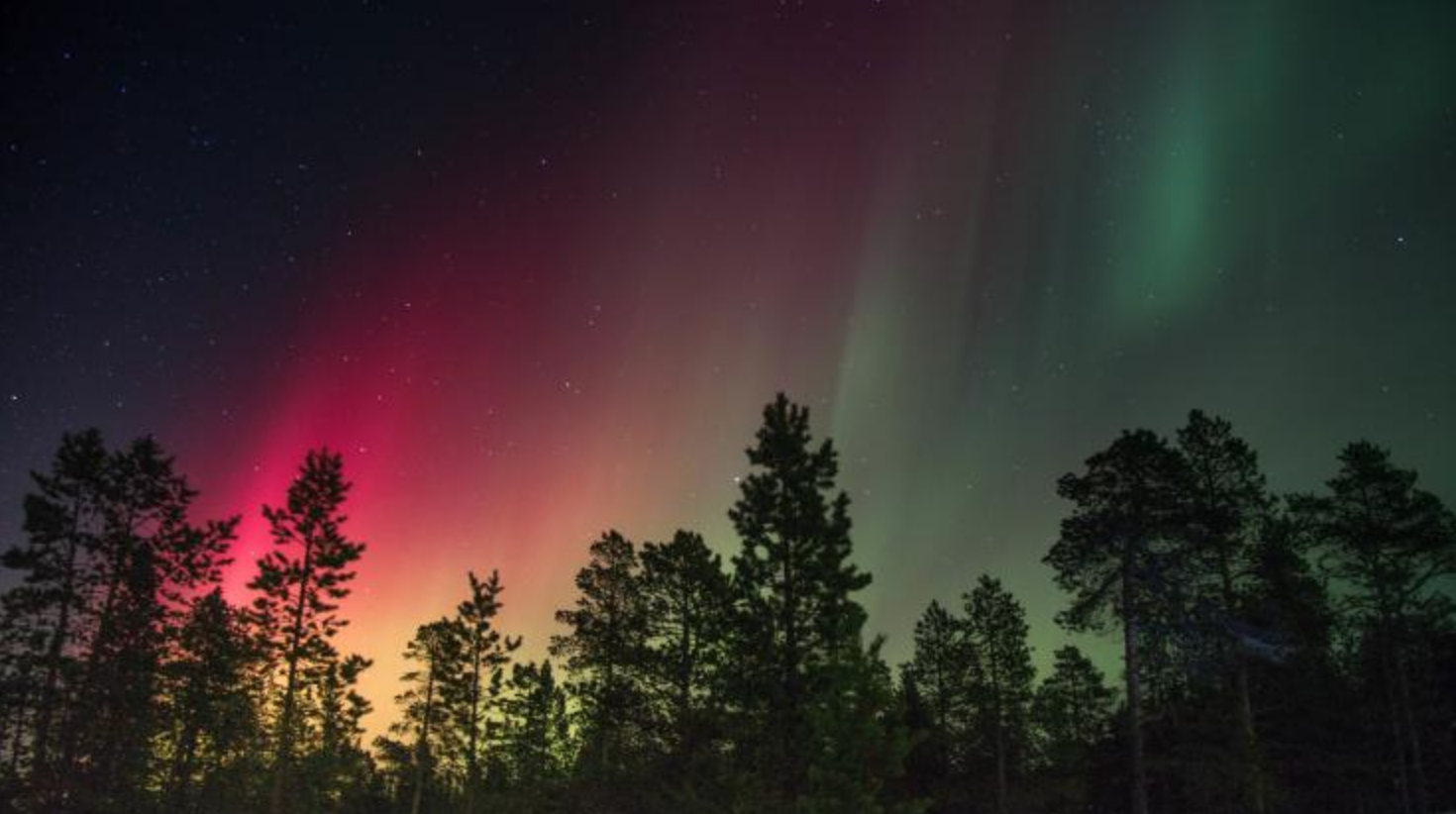Trending
Northern Lights may be visible across Greater Manchester until Saturday
This is really not something you see every day.

In what is an undoubtedly rare sight for much of the UK, Northern Lights have been visible in our skies for several nights this week.
And this staggering phenomenon could even be set to stick around until Saturday.
Unlike the last time the Northern Lights – also known by the more scientifically-correct name of Aurora Borealis – paid a visit to the UK back in February of this year, and stopped skygazers in their tracks with a show-stopping light display, but Greater Manchester missed out on seeing them thanks to our classic rainy winter weather, even our region is being treated to the rare sight this time.
Sightings of Northern Lights have been reported right across the nation this week, of course from people in Scotland, and other northern places like Northumberland and in the Lake District, but not only that, even from as far south as Cornwall – and, right here in Greater Manchester too.


But if you’ve missed out on catching a glimpse of them this week, don’t worry, you’ve still got some time left, as according to the Met Office, Lancaster University’s ‘Aurora Watch’, and the Royal Greenwich Observatory, Northern Lights could be visible to the naked eye along the northern horizon from Scotland, where skies are clear, until tomorrow (Saturday 16 September).
Not actually sure what Northern Lights are? Or you’ve heard of them, but haven’t a clue how they occur? Or why we’re even seeing them from the UK in the first place?
We’ll try and sum it up briefly
Predominantly seen in high-latitude regions around the Arctic and Antarctic, and most commonly-associated with Nordic and Scandinavian countries such as Norway and Iceland, Aurora Borealis is a natural light display in Earth’s sky that often appear as curtains, rays, spirals, or dynamic flickers covering the entire sky.

Northern Lights occur as a consequence of solar activity and result from collisions of charged particles in the solar wind colliding with molecules in the Earth’s upper atmosphere, according to the Met Office.
They tend to appear as large areas of colour in the direction due north, with pale green, pink, shades of red, yellow, blue, and violet all typically seen depending on how strong or weak the Auroras are.
So now you can tell how rare it is to be able to see them from our region, right?
Read more:
- Mancs share their photos of the Northern Lights after staggering display seen above the UK
- Incredible new images show approved plans for £250m Greater Manchester wellness resort
- Reyka Vodka is bringing ice baths and fire pits to Manchester
If you’re keen to catch the Auroras before they disappear tomorrow, then the best source to keep an eye on for information is Lancaster University’s ‘Aurora Watch’ here.
Also check out the Met Office website for more information.
Featured Image – MartinStr (via Pixabay)













